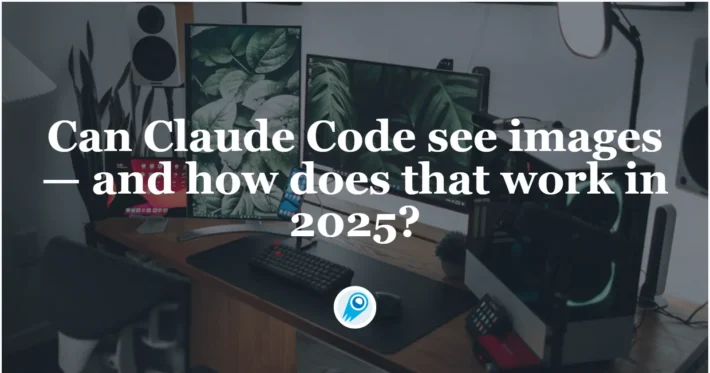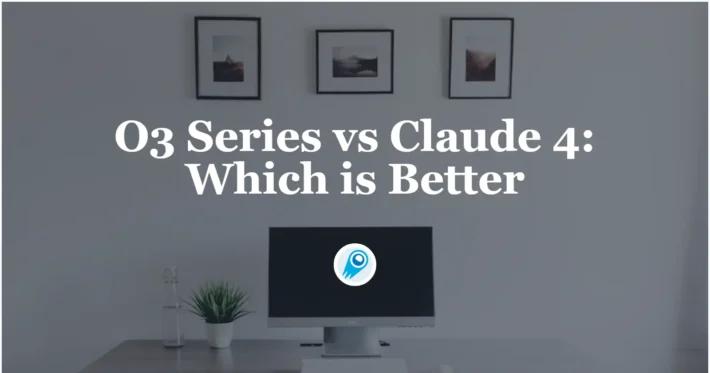Claude 4’s Fine‑grained tool Streaming: What is and How to Use

Claude 4’s latest capabilities mark a significant evolution in how large language models interact with external tools and APIs. Among these, fine‑grained tool streaming stands out as a cutting‑edge feature that enables developers to receive tool input parameters in near‑real time, without waiting for full JSON validation. This feature, introduced as a beta in May 2025, addresses latency challenges associated with large‑parameter tool calls and empowers more responsive, interactive applications.
What Is Fine‑Grained Tool Streaming in Claude 4?
Fine‑Grained Tool Streaming (FGTS) in Claude 4 is the mechanism by which the model interleaves its natural language generation with calls to external or built‑in “tools” (e.g., code execution, search, calculator) at the granularity of individual tokens or small chunks of text. Instead of batching up a full tool request and then blocking on a complete response, Claude 4 can:
- Emit a tool‑trigger token mid‑sentence,
- Begin receiving and ingesting partial tool output as it arrives,
- Continue generating its next tokens, dynamically conditioned on each incoming piece of data.
The result is a seamless fusion of reasoning and action: the model doesn’t pause awkwardly between “I want to call the weather API” and “Here’s the answer.” Instead, its prose flows uninterrupted, enriched in real time by the tool’s streamed results.
In practice, this dramatically cuts down on latency for large‑parameter tool calls. For example, when asking Claude to write a long poem into a file via a make_file tool, standard streaming might take ~15 s before you see any of the poem’s text. With fine‑grained streaming enabled, you begin receiving multi‑line chunks in as little as ~3 s—each chunk containing coherent fragments of the poem rather than arbitrary JSON segments . The same approach applies to any tool with large inputs (e.g., bulk data transforms, multi‑step computations, or multi‑part API calls), allowing you to start processing or displaying results immediately without waiting for the full payload to materialize.
How Does FGTS Differ from Standard Streaming?
Chunking Behavior
With standard streaming, Claude splits the serialized JSON payload into small fragments, often breaking mid‑token or mid‑word, leading to many short chunks before any substantial content appears. For a large poem or data payload, this can manifest as dozens of minuscule chunks of 10–20 characters each. Fine‑grained streaming, by contrast, emits larger, semantically coherent chunks—such as full lines of text—resulting in fewer, lengthier chunks that are more meaningful to the receiver ([docs.anthropic.com][1]).
Latency Improvements
In practical benchmarks, tool calls using standard streaming may incur a 15 second delay before emitting the first valid chunk of data, owing to buffering and JSON validation. Fine‑grained streaming slashes this initial latency to approximately 3 seconds, allowing clients to begin consuming streamed content nearly five times faster. This acceleration proves critical for interactive applications—such as live code editing, progressive document generation, or dashboard updates—where prompt feedback fundamentally enhances user experience.
Why Was Fine‑grained Tool Streaming Introduced?
Before FGTS, most tool‑enabled LLM systems used coarse tool calls: the model would generate a full “CALL TOOL X WITH ARGS …” instruction, pause, receive the complete tool response, then continue generation. This approach has several limitations:
- Latency spikes: Waiting for the entire response of a heavy computation or database query adds a blocking delay.
- Lack of incremental feedback: The model can’t begin interpreting or re‑planning until the full answer arrives.
- Rigid formatting: Tool calls and language outputs live in separate phases, limiting syntactic flexibility.
FGTS addresses these pain points by streaming both the model’s tokens and the tool’s outputs together—token by token or chunk by chunk—so generation and tool execution happen in lockstep.
How Does Claude 4 Actually Apply FGTS?
1. Token‑Level Triggers
Within its decoding process, Claude 4 recognizes special markers (often invisible to end users) that denote “start tool call,” complete with function name and arguments. When the model emits this trigger, the FGTS runtime immediately dispatches the request without waiting for a full “CALL_TOOL” command to be generated.
2. Streaming Tool Interfaces
Claude 4’s toolkit—including Anthropic’s own code runner, calculator, and web‑search interfaces—is wrapped in streaming APIs.
- Code Runner: Returns emitted stdout/stderr line by line as your script executes.
- Calculator: Streams digits or intermediate steps of a long computation.
- Browser/Search: Streams snippets of text or links as pages are fetched and parsed.
Each fragment arrives back at the Claude 4 context buffer incrementally.
3. Incremental Context Updates
As each chunk of tool output flows in, Claude 4 appends it to its active context window. The model’s next token choices immediately incorporate that fresh data—so its reasoning can pivot mid‑sentence, correct mistakes, or deepen analysis based on what it’s just learned.

How do developers enable fine‑grained tool streaming?
Activating fine‑grained streaming in your Claude 4 integration requires only a minor change to your API request headers and configuration.
API header configuration
To opt into the beta feature, include the header:
makefileanthropic-beta: fine-grained-tool-streaming-2025-05-14
alongside "stream": true in your /v1/messages request .
Example usage
bashcurl https://api.anthropic.com/v1/messages \
-H "content-type: application/json" \
-H "x-api-key: $ANTHROPIC_API_KEY" \
-H "anthropic-version: 2023-06-01" \
-H "anthropic-beta: fine-grained-tool-streaming-2025-05-14" \
-d '{
"model": "claude-sonnet-4-20250514",
"tools": [{
"name": "make_file",
"description": "Write text to a file",
"input_schema": {
"type": "object",
"properties": {
"filename": {"type": "string"},
"lines_of_text": {"type": "array"}
},
"required": ["filename", "lines_of_text"]
}
}],
"messages": [{"role":"user","content":"Write a long poem to poem.txt"}],
"stream": true
}' | jq .
As the request runs, you’ll receive a mix of content_block_delta and input_json_delta events. The latter contain the streamed parameter fragments, which can be logged, validated incrementally, or directly fed into downstream processes .
What trade‑offs and best practices should be considered?
While fine‑grained tool streaming offers substantial benefits, it also introduces considerations around data integrity and client complexity.
Handling incomplete JSON
Because the stream may end before a full JSON object is formed—especially when token limits are hit—developers should buffer incoming fragments and attempt incremental parsing. Employing a streaming JSON parser or implementing a reassembly buffer that waits for closing braces can help ensure robustness docs.anthropic.com.
Validation and error recovery
Since JSON schema validation typically occurs on the client side or within the tool, it’s crucial to verify parameter completeness before execution. Retry strategies or fallback logic (e.g., requesting a re-opened tool call) can be employed if validation fails on incomplete streams .
Beta stability considerations
As a beta feature, fine‑grained streaming behavior may evolve. Anthropic encourages developer feedback via their official form to report issues, suggest improvements, or share performance measurements. Monitoring deprecation notices and release notes is essential to maintain compatibility .
Getting Started
CometAPI provides a unified REST interface that aggregates hundreds of AI models—including Claude family—under a consistent endpoint, with built-in API-key management, usage quotas, and billing dashboards. Instead of juggling multiple vendor URLs and credentials.
Developers can access Claude Sonnet 4 API (model: claude-sonnet-4-20250514 ; claude-sonnet-4-20250514-thinking) and Claude Opus 4 API (model: claude-opus-4-20250514; claude-opus-4-20250514-thinking)etc through CometAPI. . To begin, explore the model’s capabilities in the Playground and consult the API guide for detailed instructions. Before accessing, please make sure you have logged in to CometAPI and obtained the API key. CometAPI’ve also added cometapi-sonnet-4-20250514 and cometapi-sonnet-4-20250514-thinking specifically for use in Cursor.
New to CometAPI? Quick Stact and unleash Claude 4 on your toughest tasks.
When applying, you only need to replace url https://api.anthropic.com/v1/messages with https://api.cometapi.com/v1/chat/completions and API key with CometAPI’s Key you obtain to enable xx in the workflow.
We can’t wait to see what you build. If something feels off, hit the feedback button—telling us what broke is the fastest way to make it better.
Conclusion
Fine‑grained Tool Streaming in Claude 4 represents a paradigm shift in LLM tool integration—trading the safety net of full‑payload JSON validation for ultra‑low latency, incremental streaming, and enhanced interactivity. By requiring only a single beta header to activate, this feature unlocks powerful new possibilities across coding, data processing, and agentic workflows. As developers explore its potential—and account for edge cases like partial JSON fragments—fine‑grained streaming is poised to become a cornerstone of next‑generation, real‑time AI‑driven applications.


